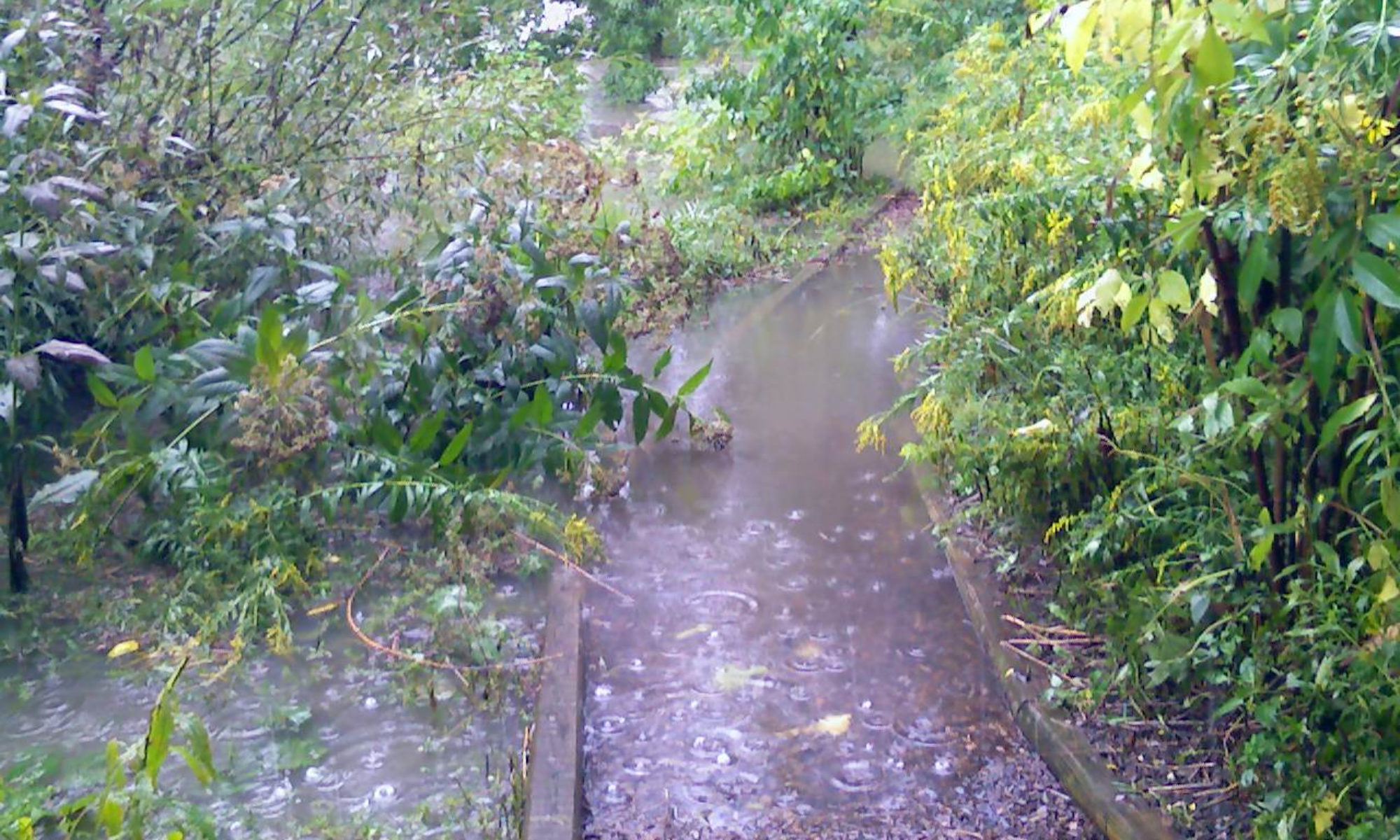Last night was one of those “go to bed, have an idea, get up and get a pen, go back to bed, get up again with the next thought, go back to bed, puleeease can I not have another insight, oh good I do see now that I’ve got enough of it staked out that I can sort out the rest in the morning, maybe now I can finally sleep…” sort of nights.
For some time now, Chris Corrigan and I have been thinking about how to talk and teach about the Practices that are at the heart of Open Space Technology. An early version of Open Space Practices lives in my wiki notebook. Last night I got a more rarified and practical spin on them:
- Being Open-Hearted… not just the act of opening, but the practice of being that way, resting in that state. The tool here is experience, our own life experience. The workshop conversation is about the life experiences that have opened our hearts, in gentle or devastating ways — and how we’ve managed to maintain various states of openness, in spite of everything. The vehicle is body (heart, perception); the product is care, a sense of personal passion.
- Telling Visionary Stories… not just any storytelling, but the practice of speaking of our visions, of putting words and giving voice to the scattered data, fuzzy patterns, and blurry sensations we have of what we want and what might now be possible. The tools here are maps and languages. Every department, team, family and function has its own set of words and pictures to hold them together. The more languages we know, the bigger and broader the story we can spin, the more people we can invite. The workshop conversation here is about Inviting Organization, a map and language for maps and languages. The vehicle is invitation (literally, “please join us…”); the product is organization, a sense of focus, future and desired direction.
- Offering (and Holding) Space… the offering is important, no push, no grab, just letting what we have, our attention and our space, be there for the taking, for the use and support of what wants to happen in front of us, and all around us, within the circle of space that we circle and name as “us” and “our time together.” The tool(s) here are structures, but specifically those structures that support movement, rather than restrict it. Rules, if you will, that say what we can do, rather than what we must or must not do. Shapes of organization that create, and offer, choices. The workshop conversation is about space and support for movement. The vehicle is Organizing Space (open markets); the product is inviting, a sense of support and opportunity for movement.
- Grounding… making it real. making it touch, as impact, and imprint, a difference. and making touchdowns. score! making tracks, traction, and action. taking the steps, in the space, aligned with the vision, as guided by an open heart. showing up. on the ground. The tools are actions, steps, or perhaps gifts. The workshop conversation might be about gifts and giving. Assets and Exchange. Self and Others. Ground. Ground that is bigger, less theoretical, more sensational than Common Ground. More like Ground of Being. Which brings us back to the first practice, and how we are being… Aaaahhhhh….. The vehicle is direct and personal responsibility; the product is peace, or satisfaction.
Chris will be teaching some version of these later this month in Vancouver. After that, I might just have to fly out there so we can sit together and write this all down in a short book. In the meantime, here is another installment of that volume, a brief guide for… Inviting Movement in Organization.
UPDATED: Nov 15 2005, noted in italics.

4 Replies to “Open Space Practices”
Comments are closed.